Inverters play a crucial role in our daily lives by converting direct current (DC) into alternating current (AC), which powers our electronic devices and appliances. Whether you're using an inverter for your home, recreational vehicle, or industrial applications, choosing the right power cable is essential for ensuring the efficiency and safety of your system.
Understanding Inverters and Power Cables
Before delving into the details of power cables, it's essential to understand the fundamental components. An inverter is an electronic device that converts DC power, typically from a battery or solar panels, into AC power, which is used to run various household appliances, electronics, and machinery. To connect your inverter to the power source and the load, you need a suitable power cable.
Key Considerations for Selecting a Power Cable
Cable Gauge and Size:
The size or gauge of a power cable is one of the most critical factors to consider. The cable gauge determines its ability to handle the current load without overheating or suffering from voltage drop. In general, thicker cables (lower gauge numbers) can carry more current. The cable size you need will depend on the inverter's capacity and the distance between the inverter, battery, and the load. To ensure efficient power transmission, always consult the inverter's manufacturer for recommended cable size guidelines.
Cable Material:
Power cables are available in various materials, such as copper and aluminum. Copper is known for its excellent electrical conductivity, making it a popular choice for power cables. It is also more flexible than aluminum, which can be advantageous when dealing with installation and cable routing. However, copper cables tend to be more expensive than their aluminum counterparts. Your choice of material will depend on your specific needs, budget, and the environmental conditions in which the cables will be installed.
Cable Length:
The distance between your inverter, power source (battery), and the load determines the length of the power cable required. Longer cable runs result in higher resistance and voltage drop, which can reduce the efficiency of your inverter system. To minimize voltage drop, it's crucial to choose the appropriate cable size and keep cable lengths as short as possible. If your application requires long cable runs, consider using thicker cables to compensate for the increased resistance.
Cable Insulation and Protection:
Power cables should have appropriate insulation and protection to ensure safety and durability. Insulation materials such as PVC, XLPE, or rubber provide electrical and environmental protection. Additionally, consider using cable conduits or protective covers if the cables are exposed to harsh conditions or potential physical damage.
Environmental Conditions:
Consider the environmental conditions in which the power cables will be installed. Factors like temperature, moisture, and exposure to sunlight can affect the cable's performance and lifespan. Choose cables with suitable ratings for the specific environment, and consider using UV-resistant cables if they will be exposed to sunlight.
Selecting the right power cable for your inverter is a crucial step in ensuring the efficient and safe operation of your electrical system. Taking into account factors such as cable gauge, material, length, insulation, and environmental conditions will help you make an informed decision. Always refer to the manufacturer's recommendations and consult with a professional if you're unsure about the best cable choice for your specific application. By choosing the appropriate power cable, you can maximize the performance and longevity of your inverter system.
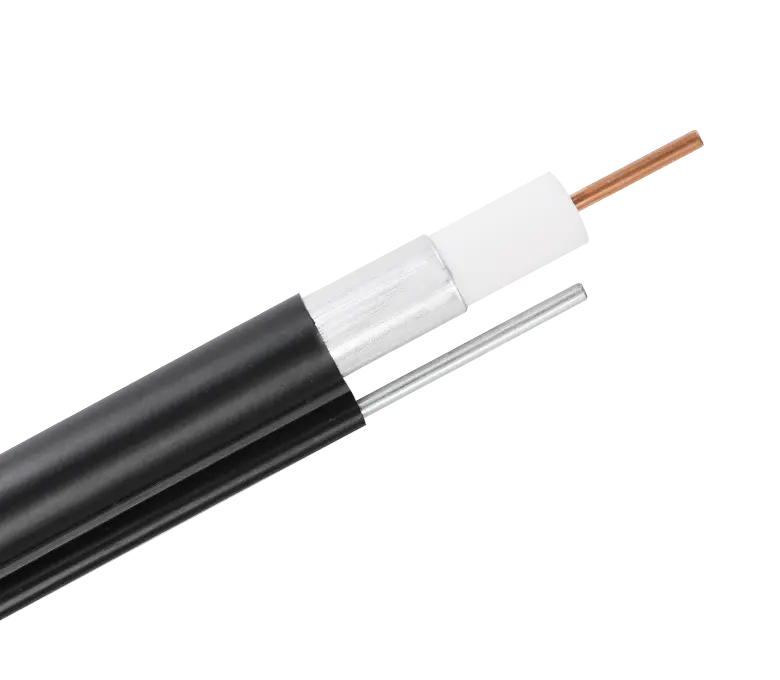
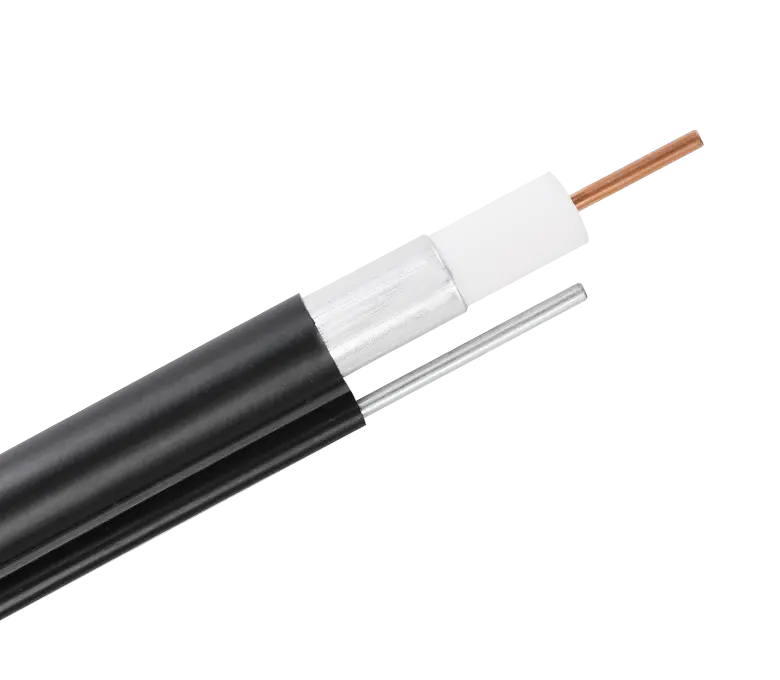
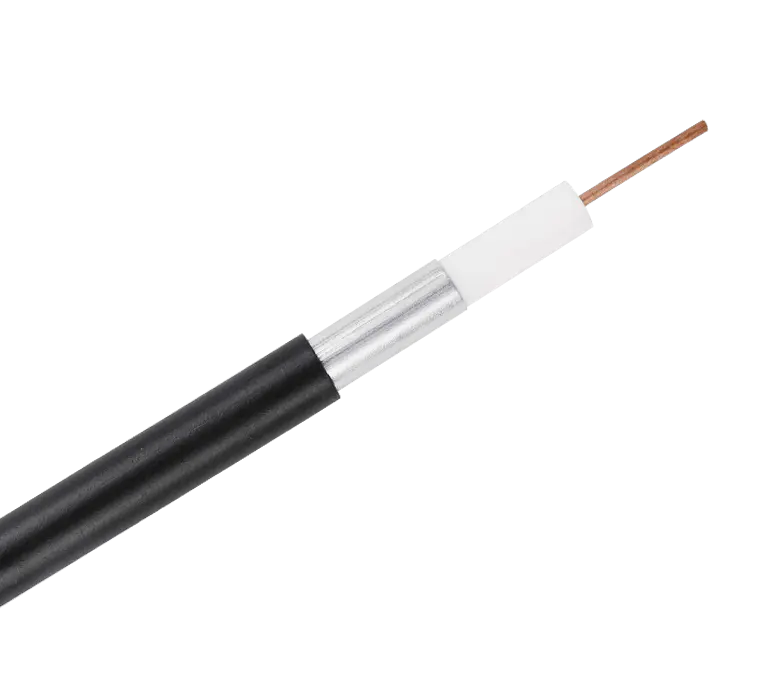
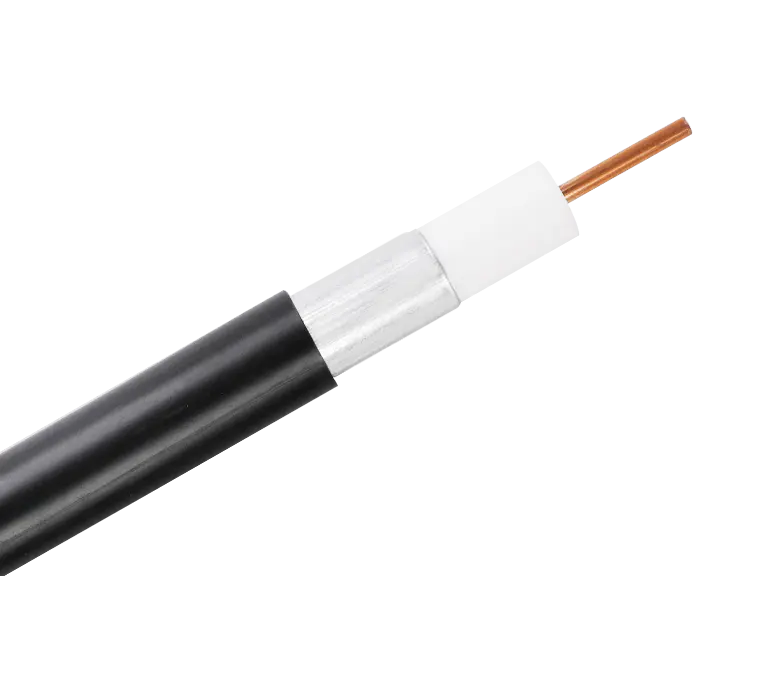
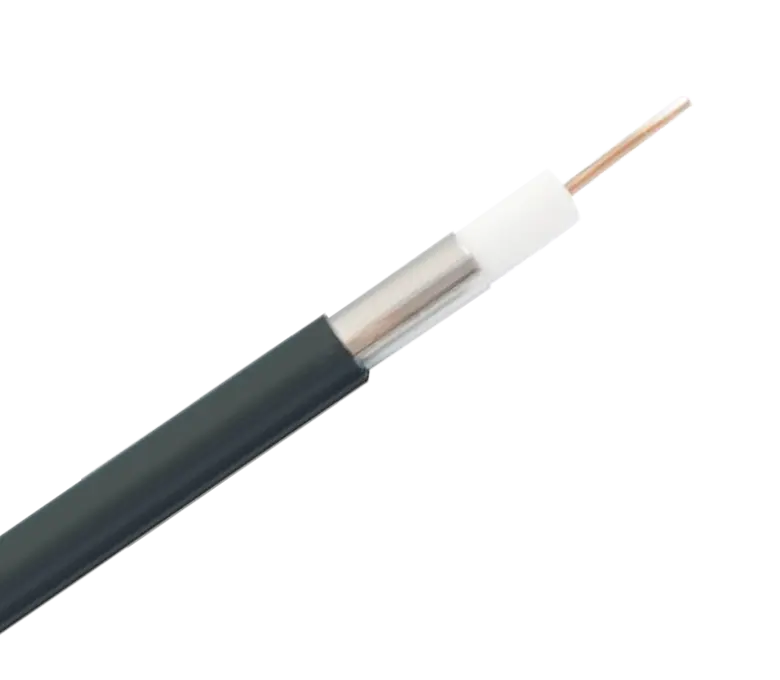
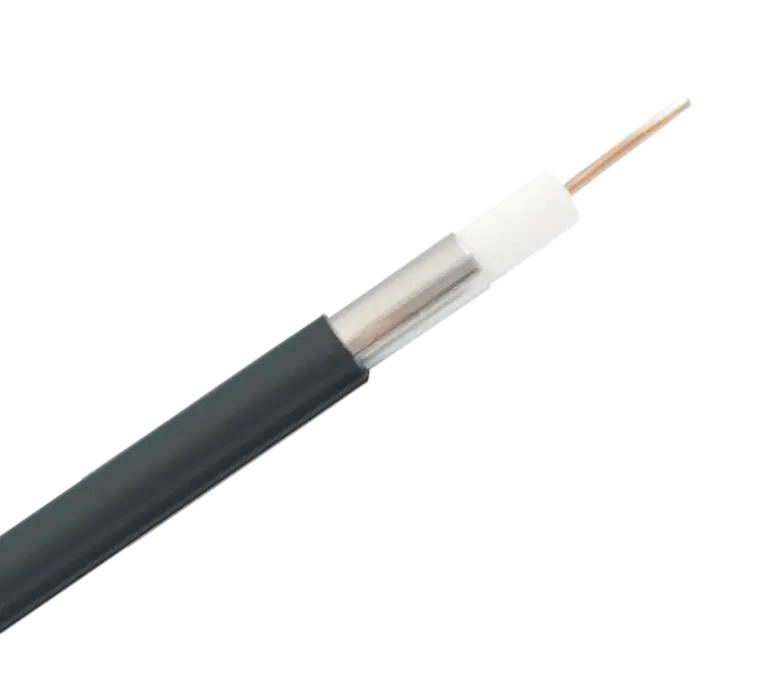
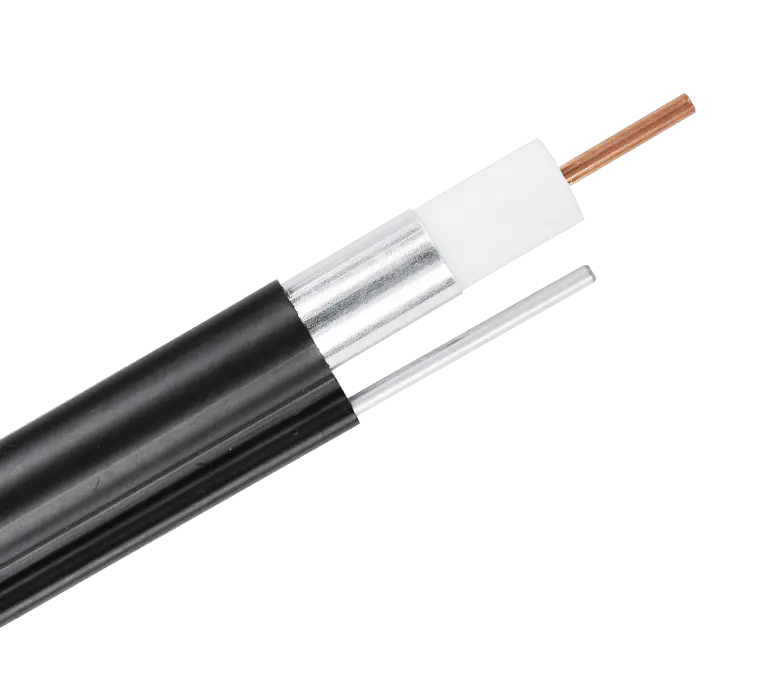
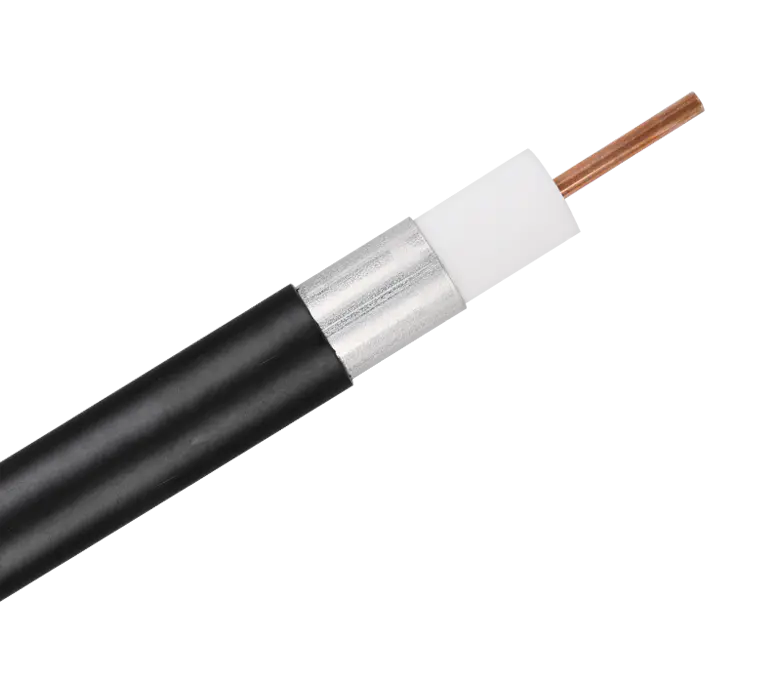
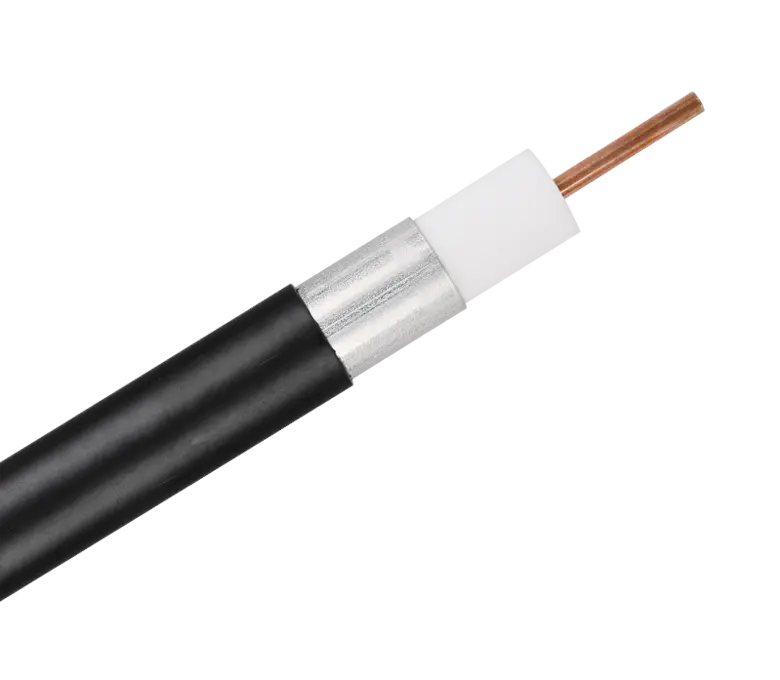
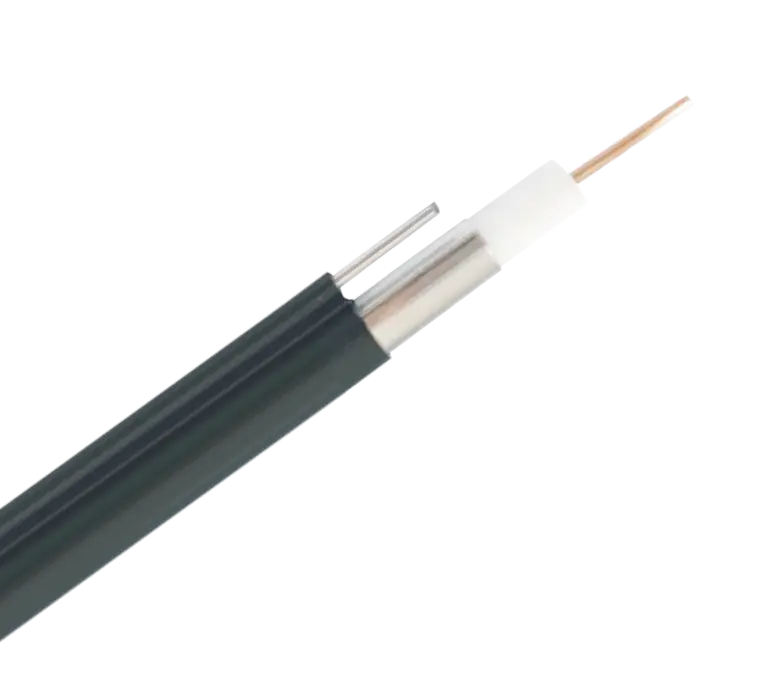
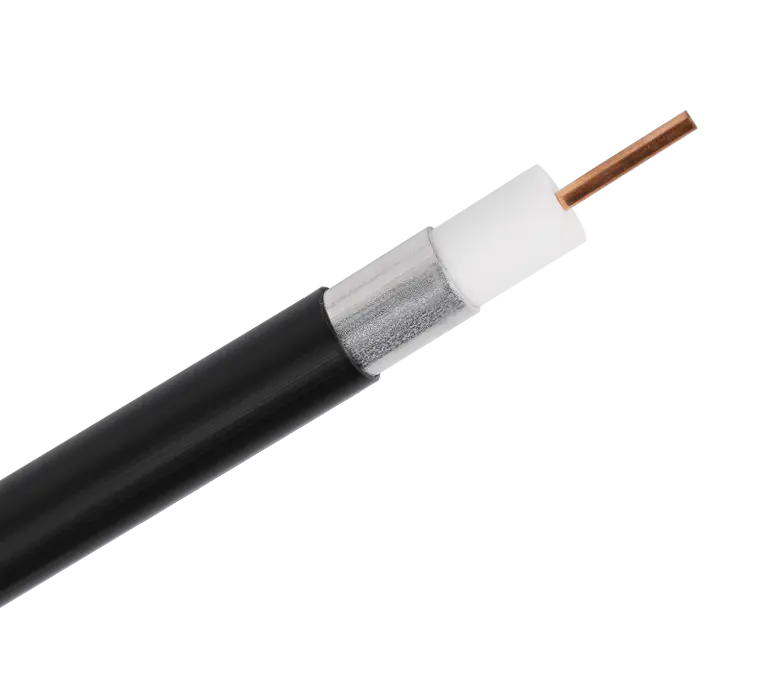
 浙公网安备33018502001191号
浙公网安备33018502001191号